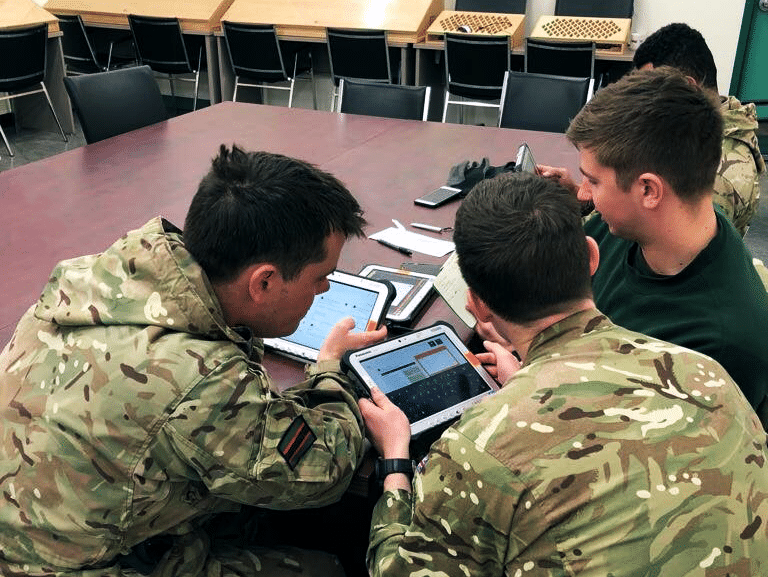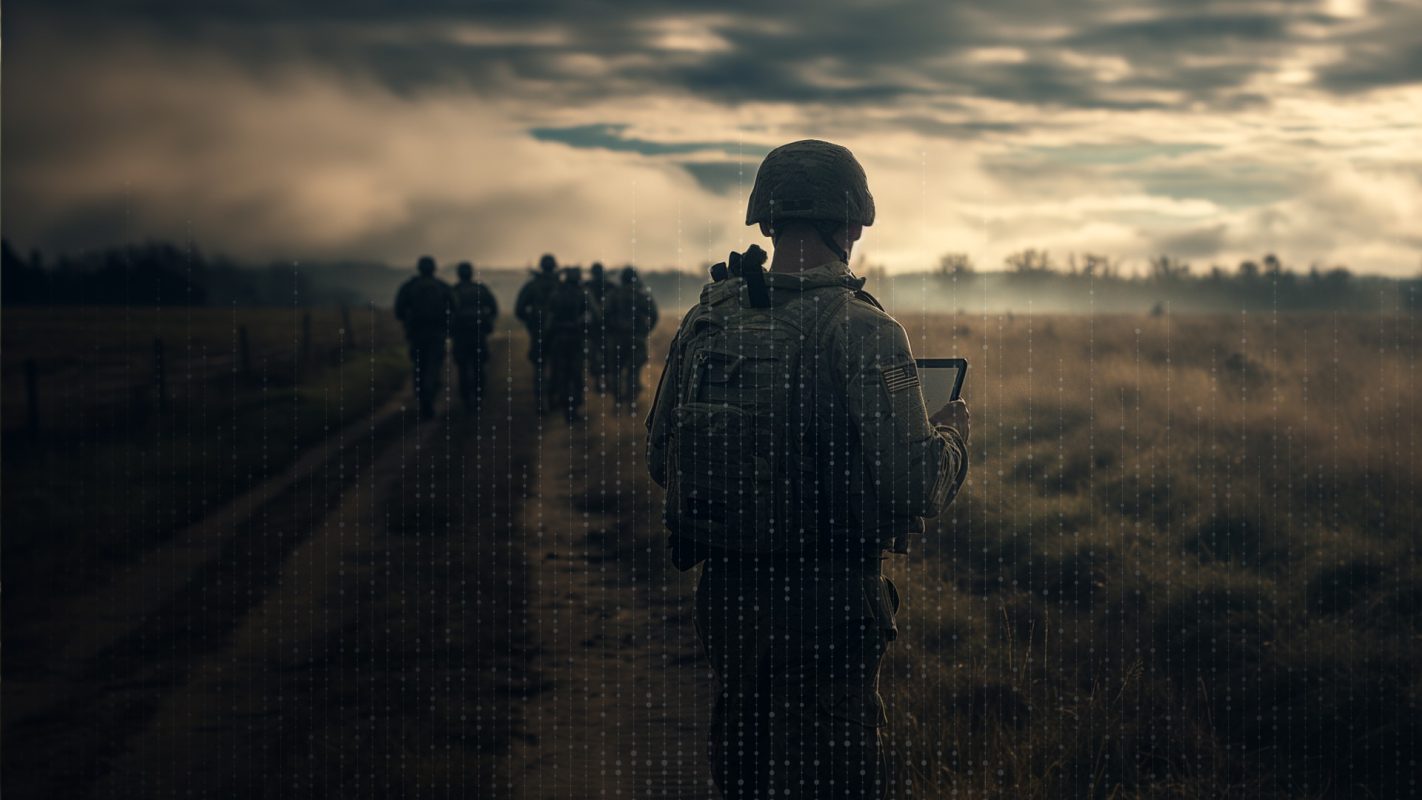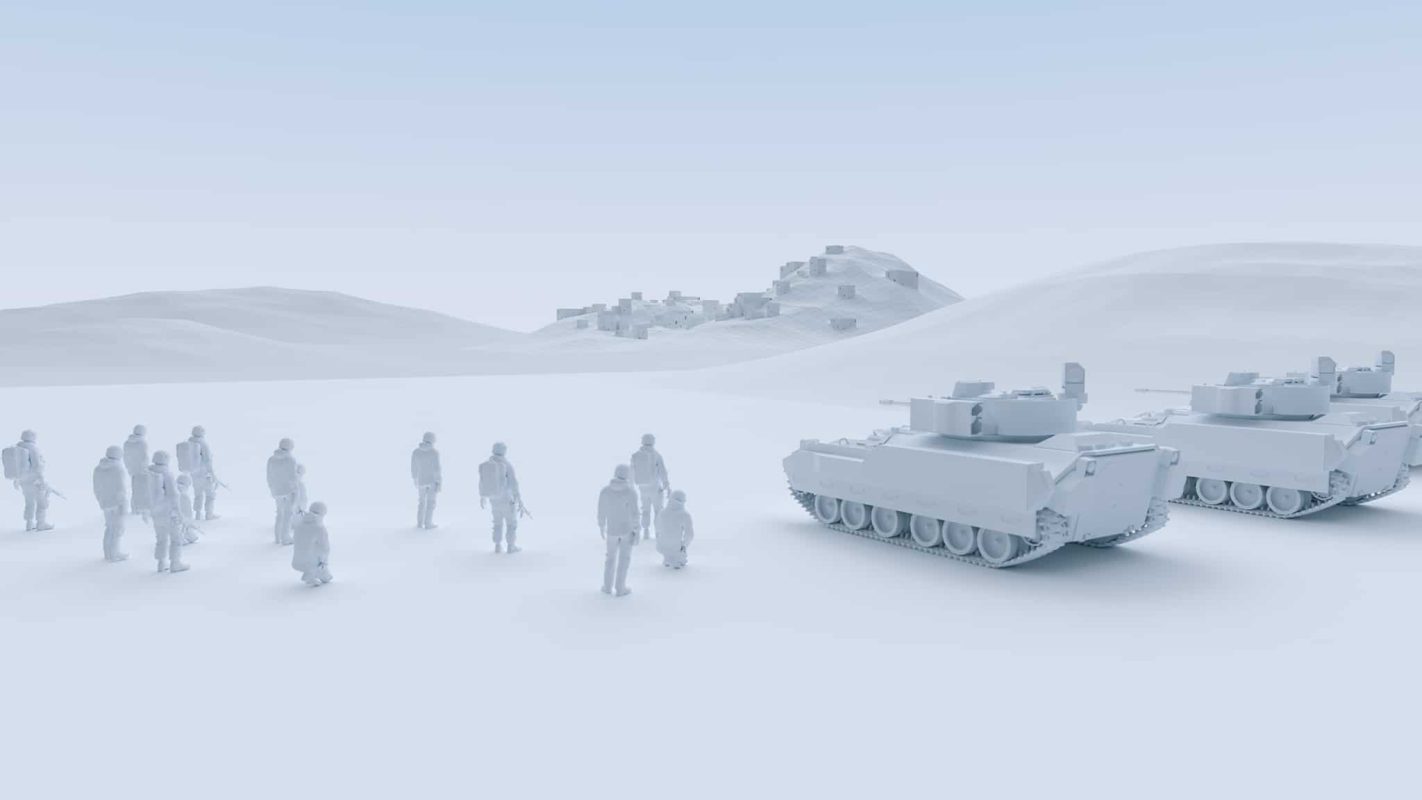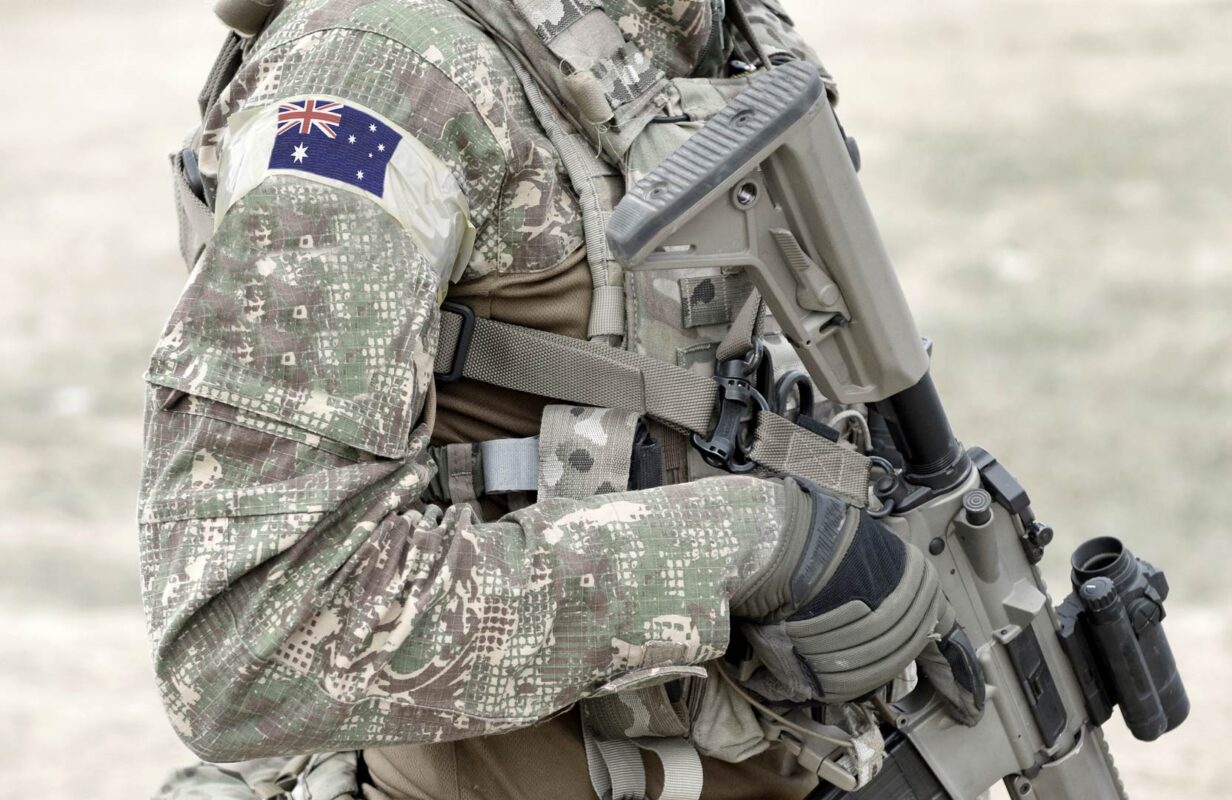2023-02-26
Just over a year ago, Russia invaded Ukraine, sending shockwaves across Europe and beyond. The war led to embargoes, sanctions, the energy crisis, and considerable military support for Ukraine from many NATO allies in the form of supplies, weapons, and training.
With no end to the war in sight we spoke to 4C Military Director, Former British Army Brigadier David Paterson to get his thoughts on what this means for the future of training and readiness among NATO military forces and partners.
What does war in Ukraine mean for Military Readiness?
Training and the perception gap
If we look back to the first few weeks of the invasion the image that comes to mind for many of us is that of thousands of military vehicles stood at a standstill by the border or just into Ukraine. A queue that stretched some 65km, and prevented any momentum or tempo in the Russian attack and gave the Ukrainian Army time to better ready itself and to manoeuvre to respond.
How did this happen? How could a superpower invade a country and then seemingly culminate? A possible cause for this – and ultimately the continuation of the war – reflected the training readiness of the Russian troops. Or rather, it was a reflection of the gap between perceived and actual readiness whether in operational planning, manoeuvre, multi-domain synchronisation, logistical support or low-level training.
Of course, since those early days of the war we have seen huge casualty rates and the conscription of members of the general public and indeed convicts by the military and para militaries such as the Wagner Group. No longer professionally trained soldiers, sailors and airmen, the Russian military is now a mix of professionals and others with little or no training.
In western Europe, we might look at the issues that the Russians have faced and think it a sign of weakness. Perhaps it is; but do we know that we wouldn’t have similar issues in a long-term war?
Do armies across Europe and beyond know exactly how battle-ready their units and formations are?
Have armed forces analysed their own performance in training, at an appropriate scale, based on all the facts, and identified any weaknesses; and have they trained to improve those essential capabilities?
Training can be very subjective; it must become objective and data-enabled to be assured in order to close the capability gap.
Exercises and deterrents
Unlike Russia, many European countries have progressively reduced investment in armed forces over the past decades and thereby limited their ability to make battle driven assessments of their own readiness. This is evident in the reduction in the numbers and scale of live exercises. However, in response to the recent Russian aggression in Ukraine, we are now beginning to see a step change as the need to build battle-readiness is prioritised.
Exonaut supports Cerberus 22
Learn about 4C’s instrumental end-to-end support in Exercise Cerberus 22, the British Army’s largest and most ambitious exercise in Europe for over a decade.
We recently supported Exercise Cerberus 22, the British Army’s largest European Exercise for over a decade, that tested and validated five UK Brigades Headquarters within the Warfighting Division against a realistic scenario ensuring they are ready for warfighting operations. I’m particularly proud of the fact that both our Exonaut Training and Exercise Management software and our expert Consultants were involved in the planning, running and analysis of the Exercise, which also included participants from five other NATO partner nations: USA, France, Germany, Estonia, and Italy.
Building battle readiness
I believe we will continue to see an increase in the number of high-profile exercises, performed by NATO forces and partners. These will be largely based around the Enhanced Forward Presence forces and other NATO Very High Readiness capabilities. They will act as a deterrent to aggressors, reassure the public that NATO has the necessary capabilities, and most importantly, build training readiness and interoperability. Many of these will be multinational and multi-domain exercises that involve air, land, sea, cyber defence and space, as well as aid organisations and emergency services, among others.
Whilst HQs will continue to use CPXs to generate the scale and synthetic wrap required, significantly greater numbers of deployed forces will be in the field at up to formation level, where they can practice deployment, synchronisation of manoeuvre and effects, overcome the issues of multinational interoperability and be seen and reported on by the media – building assurance among the general public that the military is there and ready to protect them; all based on objective training assessments and corrections.
See Exonaut in action
4C Strategies provides military clients with a broad range of tailored solutions to manage complex exercises, enable capability development, and enhance readiness. Book a free live demo or meet with one of our expert consultants to discuss your requirements.
Closing the gap with data-driven training
Holding live training for hundreds or indeed thousands of troops, of course, takes investment, time and effective planning. But governments have seen that the cost of not investing in this can be much higher. And, based on what we’ve witnessed to date in Ukraine, it is imperative for armed forces to close the gap between perceived and actual readiness. Using data to identify weaknesses, planning and conducting training to improve them at every level of command, using data to inform decisions regarding investments in capability and using lessons learned from every training to improve the next one, must become second nature. Effective and efficient training must be a mantra moving forward.
We must train for the future.









